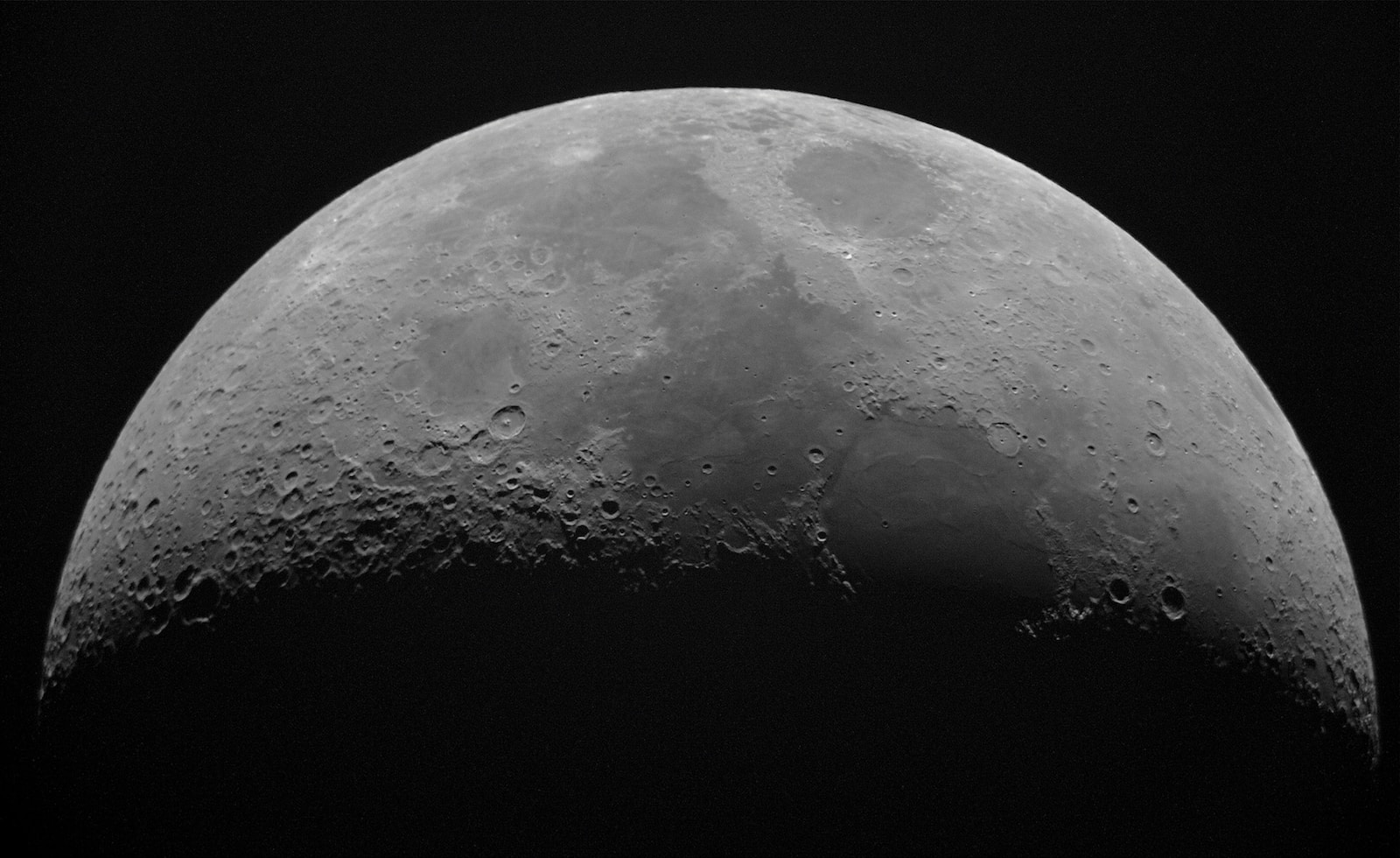Lunar dust, or regolith, presents significant obstacles for sustained human presence on the Moon. Its abrasive, electrostatically charged particles can damage equipment, obscure visibility, and pose health risks to astronauts. To address these challenges, NASA is developing and testing a suite of technologies aimed at mitigating the effects of lunar dust.
Key Points at a Glance:
- Lunar Dust Hazards: Lunar regolith is abrasive and sticks to surfaces, causing equipment malfunctions and health concerns.
- Innovative Technologies: NASA is testing devices like the Electrodynamic Dust Shield (EDS) and specialized coatings to repel and remove dust from surfaces.
- Recent Testing: Seven dust mitigation technologies were tested during a flight with Blue Origin’s New Shepard rocket, simulating lunar gravity conditions.
During the Apollo missions, astronauts encountered numerous issues caused by lunar dust. The fine, jagged particles clung to spacesuits, equipment, and even found their way into the lunar module, leading to clogged mechanisms, overheating radiators, and health concerns. Recognizing these challenges, NASA has prioritized the development of dust mitigation technologies to ensure the success of future lunar missions under the Artemis program.
One promising solution is the Electrodynamic Dust Shield (EDS), which uses transparent electrodes and electric fields to lift and remove dust from surfaces. This technology can be applied to solar panels, camera lenses, spacesuits, and other equipment to maintain functionality and extend operational life.
In addition to EDS, NASA is exploring specialized coatings that prevent dust adhesion. Researchers at NASA’s Goddard Space Flight Center are experimenting with coated pigments to keep lunar dust from sticking to various surfaces, including astronauts’ spacesuits.
To evaluate these technologies, NASA conducted a flight test with Blue Origin’s New Shepard rocket, carrying seven dust mitigation experiments. This mission simulated lunar gravity conditions, allowing researchers to study regolith mechanics and dust transport in a relevant environment.
Among the tested technologies was the Electrostatic Dust Lofting (EDL) experiment, designed to understand how lunar dust becomes electrostatically charged and lofted. By releasing a dust sample and illuminating it with UV light, the EDL observed particle behavior, providing valuable data to improve dust mitigation strategies.
Another innovative device, ClothBot, is a compact robot that simulates and measures how dust behaves in a pressurized environment. By mimicking astronauts’ movements when removing their spacesuits, ClothBot releases a small amount of lunar regolith simulant, with sensors capturing data on particle size and distribution.
These advancements are crucial as NASA prepares for the Artemis missions, aiming to establish a sustainable human presence on the Moon. Effective dust mitigation will protect both astronauts and equipment, ensuring the longevity and success of lunar operations.
As we look forward to humanity’s return to the Moon, addressing the challenges posed by lunar dust remains a top priority. Through continued innovation and rigorous testing, NASA is paving the way for safer and more efficient exploration of our celestial neighbor.
